Queen Christina (1933)
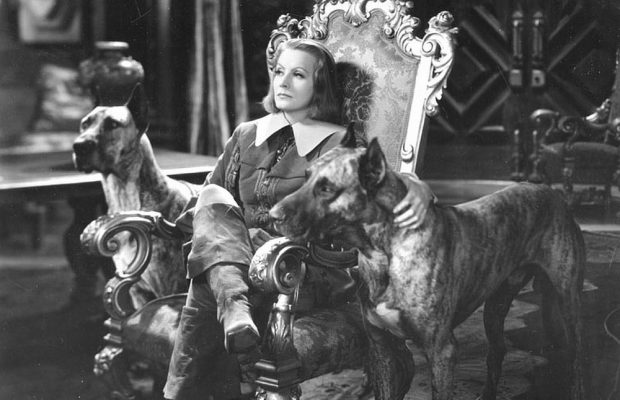
Toronto Film Society presented Queen Christina (1933) on Monday, July 30, 1984 in a double bill with The Scarlet Empress as part of the Season 37 Summer Series, Programme 4.
Production Company: Metro-Goldwyn-Mayer. Producer: Walter Wanger. Director: Rouben Mamoulian. Screenplay: Salka Viertel, H.M. Harwood, S.N. Behrman, Ben Hecht (uncredited), from an original story by Salka Viertel, Margaret P. Levine. Photography: William Daniels. Editor: Blance Sewell. Art Direction: Alexander Toluboff, Edwin B. Willis. Music: Herbert Stothart. Costumes: Adrian.
Cast: Greta Garbo (Christina), John Gilbert (Don Antonio), Ian Keith (Magnus), Lewis Stone (Oxenstierna), Elizabeth Young (Ebba), C. Aubrey Smith (Aage), Reginald Owen (Prince Charles), Georges Renavent (French Ambassador), Gustav von Seyffertitz (General), David Torrence (Archbishop), Ferdinand Munier (Innkeeper), Akim Tamiroff (Pedro), Cora Sue Collins (Christina, as a child), Edward Norris (Count Jacob), Barbara Barondess (Servant girl), Paul Hurst (Swedish soldier), Ed Gargan (Fellow drinker), Wade Boteler (Rabble-rouser), Fred Kohler (Member of the Court).
Tonight’s two royal films, as well as containing two of the most interesting performances of the two reigning Hollywood queens of the era at the absolute zenith of their careers, fully reveal the work of the two leading stylistic directors of the early sound era.
Garbo’s contract with MGM had expired after As I Desire Me (1932) and so she returned to Sweden for an extended vacation. Her close friend Salka Viertel (who co-scripted five of Garbo’s films, beginning with Queen Christina), persuaded her to read some of the newer biographies of Sweden’s Queen Christina (1626-1689), including Faith Compton MacKenzie’s The Sybil of the North and Margaret Goldsmith’s Christina of Sweden. Viertel then sent a scenario to Garbo in Sweden, and Garbo became so intrigued by the project that she made the opportunity to play the Swedish monarch a prerequisite of her new MGM contract (at $250,000 per picture the highest salary of the period).
Since Garbo’s was considered one of the screen’s most ravishing countenances, it is interesting to note that reports of the real Christina of Sweden accent her ugly, mannish features and short stature. In addition, Garbo’s noted Nordic morality is contradicted by Christina’s bawdy speech and sexual permissiveness, extending to sleeping with her lady-in-waiting. It was rumoured that Christina abdicated at 27 rather than endure the ignominy of a public wedding.
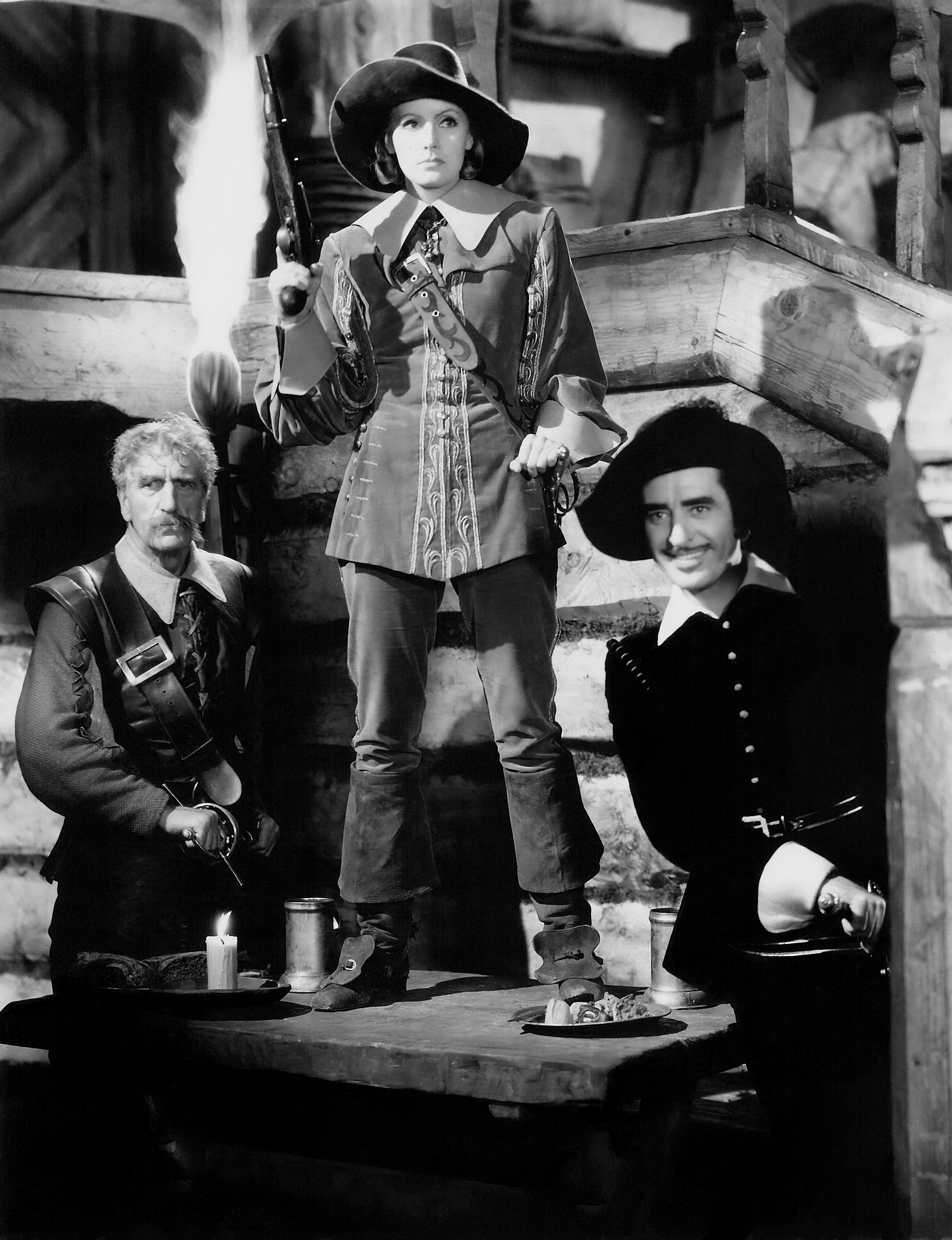
Garbo’s unique beauty dominates every frame of the film. The most famous sequence is, of course, the ending, where Garbo stares ahead into the future as her ship departs Sweden. The director, Mamoulian, later stated: “Garbo aske me, ‘What do I express in this last shot?’ My answer was: ‘Nothing; absolutely nothing. You must make your mind and heart a complete blank. Make your face into a mask; do not even blink your eyes while the camera is on you.’ You see, with a tragic ending like this, no matter what feelings are portrayed by the actress, and these could range from hysterical sobs to a smile, some of the audience would disagree, find them wrong. This was one of those marvelous spots where a film could turn every spectator into a creator. If the face is blank, just like John Locke’s Tabula Rasa, then every member of the audience inevitably will write in his own emotions. Thus, the ‘expression’ would be true for every spectator because it is created by him.” The other noted scene, as Garbo prepares to leave the bedroom where she has spent two idyllic days with the Spanish envoy, she touches and strokes the furniture of the room and, when asked why, responds: “I have been memorising this room; in the future, in my memory, I shall live a great deal in this room.”–a magnificent preparation to the final boat departure.
Queen Christina was the fourth and final film together of Garbo and her old paramour Gilbert (the others being Flesh and the Devil, 1927, Love, 1927, and A Woman of Affairs, 1929). Gilbert was at the end of his career by 1933–he made only The Captain Hates the Sea (1934) after it, and was dead at the beginning of 1936–and was not the first choice to star opposite Garbo; Leslie Howard was. Howard declined, realising that he could never outshine Garbo, while Franchot Tone, Nils Asther and Bruce Cabot were tested and rejected. A young Laurence Olivier was accepted, but after a few days filming was fired on Garbo’s orders and replaced by John Gilbert.
Garbo’s own opinion of Queen Christina was considerably less than most critics: “I tried to be Swedish, but it’s difficult in Hollywood to be allowed to try anything. It’s all a terrible compromise. There is no time for art. All that matters is what they call box office.”
Notes by Jaan Salk

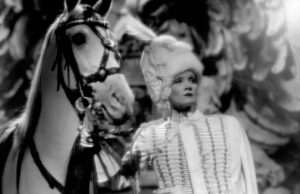
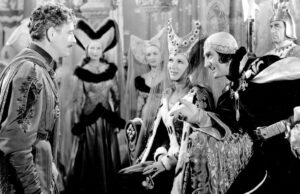


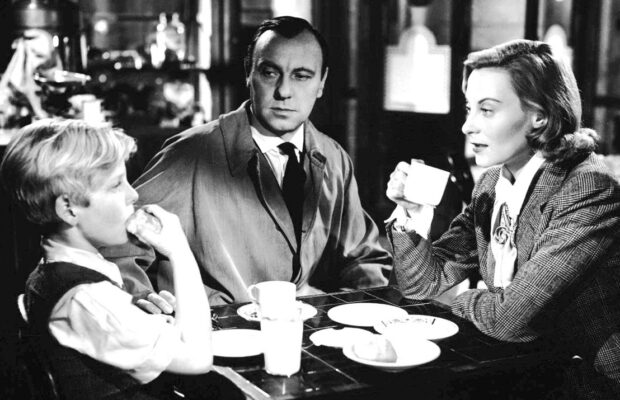
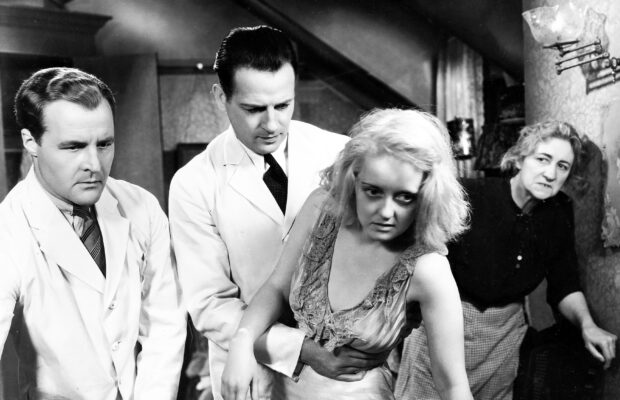



Leave a Reply